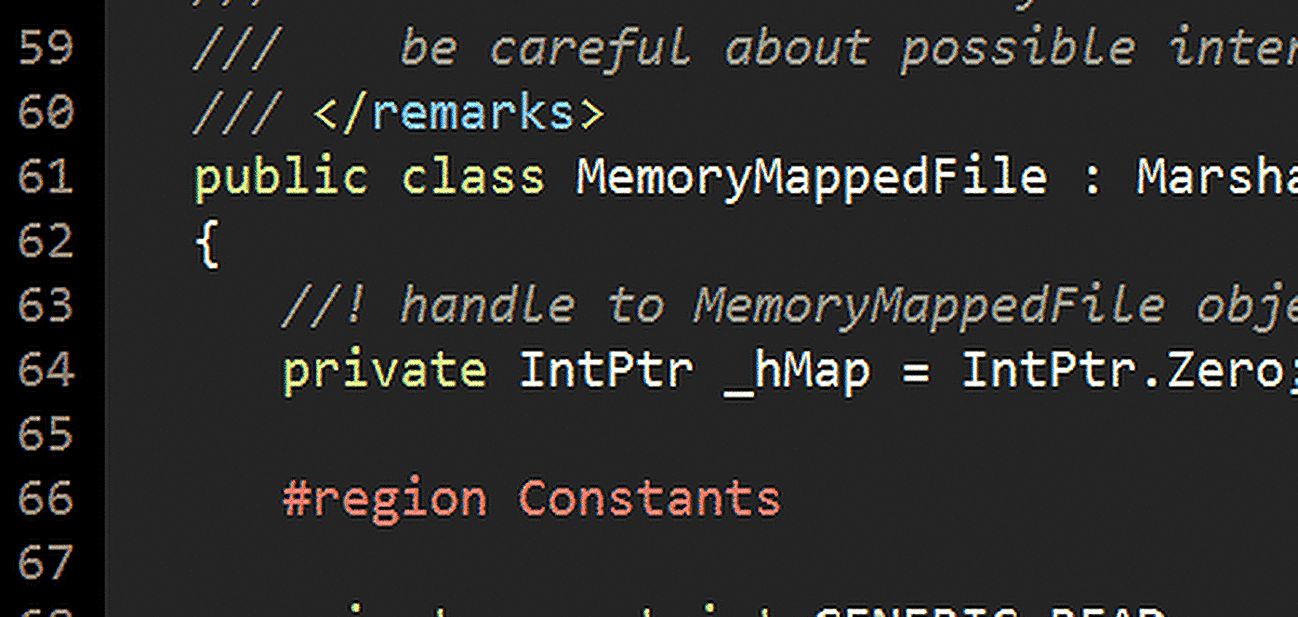

#LINUX TEXT EDITOR COMMAND LINE HOW TO#
For instance, you can probably guess how to save a file you've been working on: Go to the File menu and select Save. The onscreen menu is not only helpful for first-time users, it also provides great reminders of keyboard shortcuts for experienced users. Use the arrow keys to navigate through each menu. To open a menu, press Enter or Return on your keyboard. This places your cursor into the menu bar at the top of the Jed screen, but it doesn't open a menu. You can press either the F10 key or the Esc key followed by the letter M to enter the top menu. The instructions that Jed auto-loads are clear and helpful.

To subscribe to the jed-users mailing list, seeĬopyright (C) 1994, 2000-2009 John E. Information include the usenet newsgroups comp.editors andĪlt.lang.s-lang. Latest version information is available on the web from To access the menus, press F10 or ESC-m and the use the arrow Jed runs in a terminal, so to start it, just open a terminal and type jed: F10 key => File Edit Search Buffers Windows System Help Once that's installed, do the same with the Jed source code: $ wget First, download S-Lang (the language Jed is written in) and install it: $ wget Not all do, but it's an easy application to compile from source code. On Linux, your distribution's software repository may make Jed available to install through your package manager: $ sudo dnf install jed In this article, I look at Jed, a terminal-based editor featuring a handy drop-down menu, which makes it especially easy for users who are new to terminal editors, as well as those who just don't like remembering keyboard combinations for every function. You may have heard about Emacs and Vim and Nano, the quintessential Linux text editors, but Linux has an abundance of open source text editors, and it's my goal to spend December giving 31 of them a fair go.


 0 kommentar(er)
0 kommentar(er)
